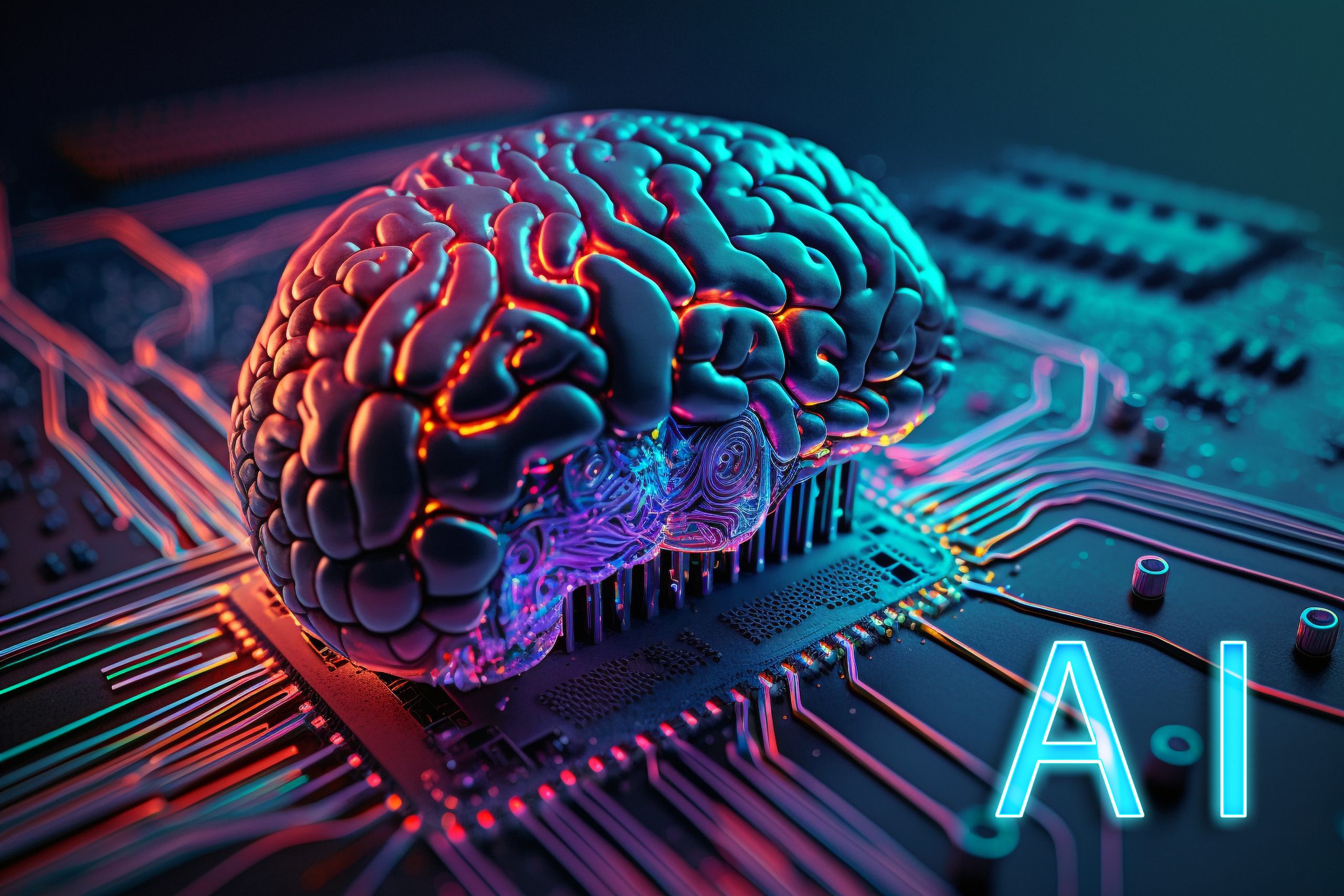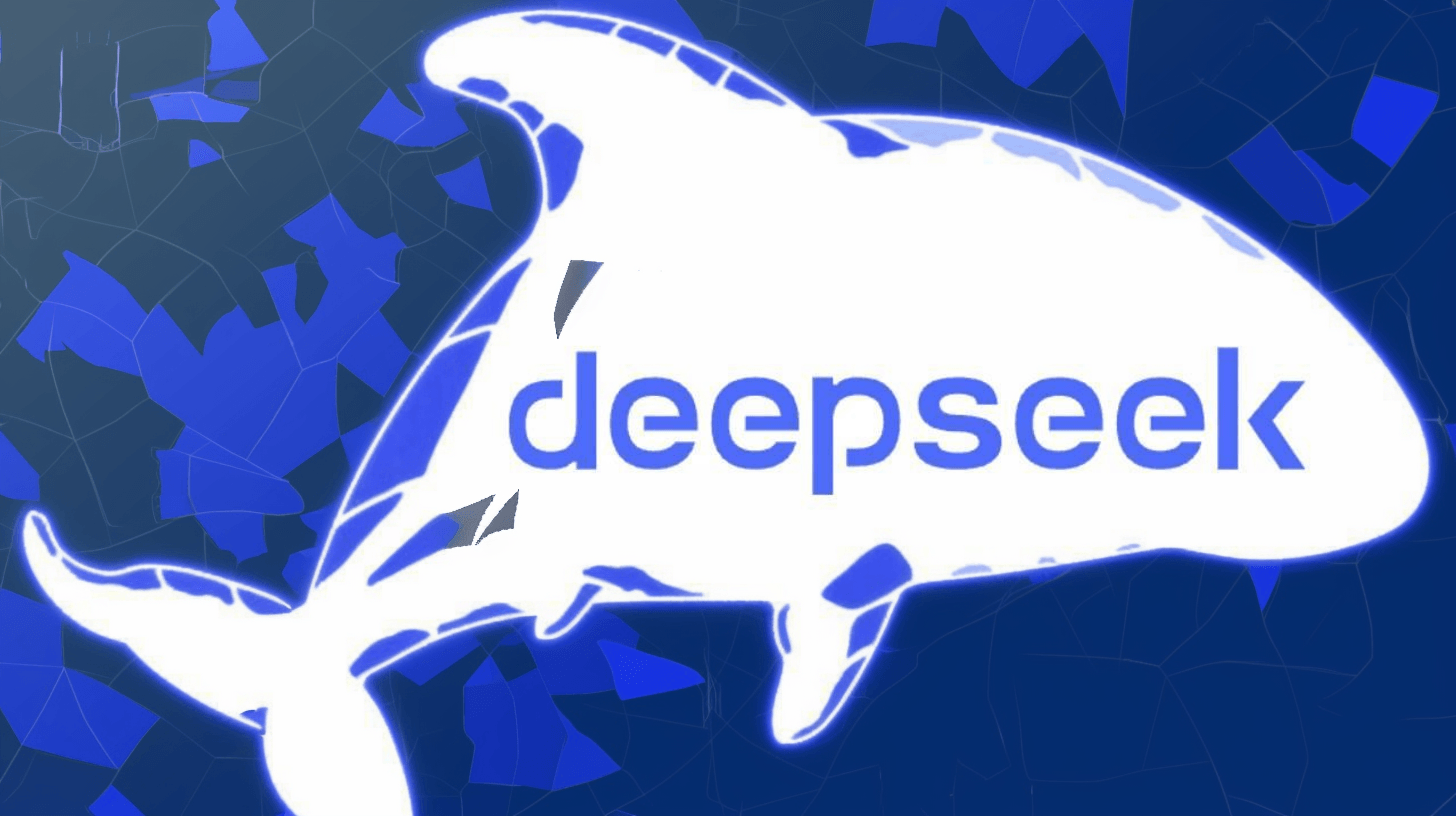
Inmemoryofchuckgriffin
FollowOverview
-
Founded Date agosto 20, 1912
-
Sectors Negocios Internacionales
-
Posted Jobs 0
-
Viewed 38
Company Description
Explained: Generative AI
A fast scan of the headings makes it look like generative artificial intelligence is all over nowadays. In fact, some of those headings might in fact have actually been written by generative AI, like OpenAI’s ChatGPT, a chatbot that has shown an uncanny ability to produce text that seems to have actually been written by a human.

But what do individuals truly mean when they state “generative AI?”

Before the generative AI boom of the previous few years, when individuals talked about AI, typically they were talking about machine-learning models that can learn to make a prediction based on information. For instance, such designs are trained, utilizing millions of examples, to anticipate whether a certain X-ray shows signs of a tumor or if a specific customer is most likely to default on a loan.
Generative AI can be considered a machine-learning design that is trained to produce brand-new data, rather than making a forecast about a specific dataset. A generative AI system is one that learns to generate more items that look like the information it was trained on.
“When it pertains to the actual equipment underlying generative AI and other kinds of AI, the differences can be a little bit blurred. Oftentimes, the same algorithms can be utilized for both,” says Phillip Isola, an associate teacher of electrical engineering and computer science at MIT, and a member of the Computer technology and Expert System Laboratory (CSAIL).
And despite the buzz that included the release of ChatGPT and its equivalents, the innovation itself isn’t brand new. These effective machine-learning models make use of research and computational advances that return more than 50 years.
An increase in intricacy
An early example of generative AI is a much simpler design referred to as a Markov chain. The strategy is called for Andrey Markov, a Russian mathematician who in 1906 introduced this statistical technique to design the habits of random processes. In maker knowing, Markov designs have actually long been used for next-word prediction tasks, like the function in an e-mail program.
In text forecast, a Markov design produces the next word in a sentence by taking a look at the previous word or a few previous words. But due to the fact that these basic designs can only recall that far, they aren’t proficient at producing possible text, states Tommi Jaakkola, the Thomas Siebel Professor of Electrical Engineering and Computer Technology at MIT, who is likewise a member of CSAIL and the Institute for Data, Systems, and Society (IDSS).
“We were generating things method before the last years, but the major difference here remains in terms of the intricacy of items we can produce and the scale at which we can train these models,” he describes.
Just a few years earlier, researchers tended to concentrate on discovering a machine-learning algorithm that makes the very best use of a particular dataset. But that focus has actually shifted a bit, and numerous researchers are now using bigger datasets, perhaps with hundreds of millions and even billions of data points, to train designs that can accomplish impressive outcomes.
The base designs underlying ChatGPT and similar systems operate in much the very same method as a Markov design. But one huge difference is that ChatGPT is far larger and more complex, with billions of criteria. And it has been trained on a huge quantity of information – in this case, much of the publicly readily available text on the web.
In this big corpus of text, words and sentences appear in series with certain dependencies. This recurrence helps the design comprehend how to cut text into statistical pieces that have some predictability. It learns the patterns of these blocks of text and utilizes this knowledge to propose what may follow.
More effective architectures
While bigger datasets are one driver that resulted in the generative AI boom, a range of significant research study advances also resulted in more complex deep-learning architectures.
In 2014, a machine-learning architecture called a generative adversarial network (GAN) was proposed by scientists at the University of Montreal. GANs utilize two designs that operate in tandem: One learns to create a target output (like an image) and the other discovers to discriminate real information from the generator’s output. The generator attempts to fool the discriminator, and at the same time discovers to make more reasonable outputs. The image generator StyleGAN is based on these kinds of designs.
Diffusion models were introduced a year later on by researchers at Stanford University and the University of California at Berkeley. By iteratively refining their output, these designs learn to generate brand-new data samples that resemble samples in a training dataset, and have been used to develop realistic-looking images. A diffusion design is at the heart of the text-to-image generation system Stable Diffusion.
In 2017, scientists at Google introduced the transformer architecture, which has been used to establish big language designs, like those that power ChatGPT. In natural language processing, a transformer encodes each word in a corpus of text as a token and after that produces an attention map, which catches each token’s relationships with all other tokens. This attention map helps the transformer understand context when it produces new text.
These are just a few of lots of methods that can be used for generative AI.
A series of applications
What all of these approaches share is that they transform inputs into a set of tokens, which are mathematical representations of pieces of data. As long as your data can be converted into this requirement, token format, then in theory, you might use these techniques to create new information that look similar.
“Your mileage may differ, depending upon how noisy your data are and how difficult the signal is to extract, however it is really getting closer to the method a general-purpose CPU can take in any sort of data and start processing it in a unified way,” Isola says.
This opens a substantial selection of applications for generative AI.
For example, Isola’s group is using generative AI to produce artificial image information that might be utilized to train another smart system, such as by teaching a computer vision model how to acknowledge things.
Jaakkola’s group is using generative AI to develop novel protein structures or valid crystal structures that define brand-new products. The very same way a generative model finds out the dependencies of language, if it’s revealed crystal structures rather, it can discover the relationships that make structures stable and realizable, he discusses.
But while generative models can accomplish unbelievable outcomes, they aren’t the best option for all kinds of data. For jobs that include making predictions on structured information, like the tabular data in a spreadsheet, generative AI models tend to be outshined by traditional machine-learning approaches, states Devavrat Shah, the Andrew and Erna Viterbi Professor in Electrical Engineering and Computer Technology at MIT and a member of IDSS and of the Laboratory for Information and Decision Systems.
“The greatest worth they have, in my mind, is to become this excellent user interface to makers that are human friendly. Previously, human beings had to speak with devices in the language of devices to make things happen. Now, this user interface has determined how to talk to both humans and makers,” says Shah.
Raising warnings
Generative AI chatbots are now being utilized in call centers to field concerns from human customers, but this application underscores one potential warning of carrying out these models – employee displacement.
In addition, generative AI can inherit and multiply biases that exist in training information, or magnify hate speech and incorrect declarations. The designs have the capacity to plagiarize, and can create content that looks like it was produced by a specific human developer, raising potential copyright problems.
On the other side, Shah proposes that generative AI might empower artists, who might utilize generative tools to help them make creative material they might not otherwise have the methods to produce.
In the future, he sees generative AI changing the economics in numerous disciplines.
One promising future instructions Isola sees for generative AI is its use for fabrication. Instead of having a model make a picture of a chair, possibly it could generate a prepare for a chair that could be produced.

He likewise sees future uses for generative AI systems in establishing more normally intelligent AI agents.
“There are distinctions in how these models work and how we think the human brain works, but I believe there are also similarities. We have the ability to think and dream in our heads, to come up with interesting ideas or plans, and I believe generative AI is one of the tools that will empower agents to do that, as well,” Isola states.
